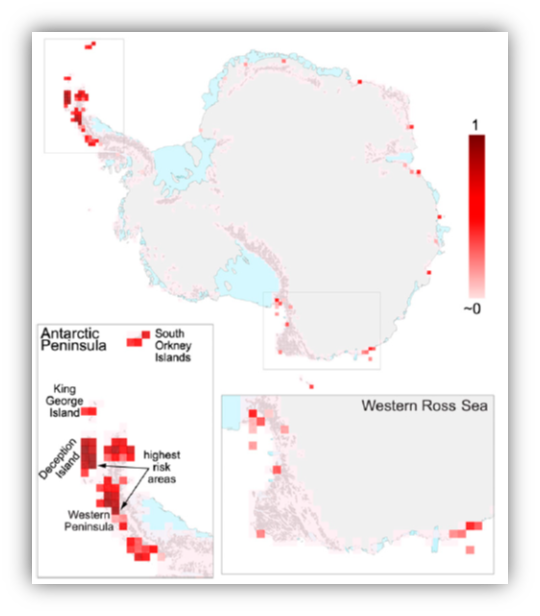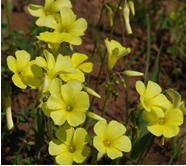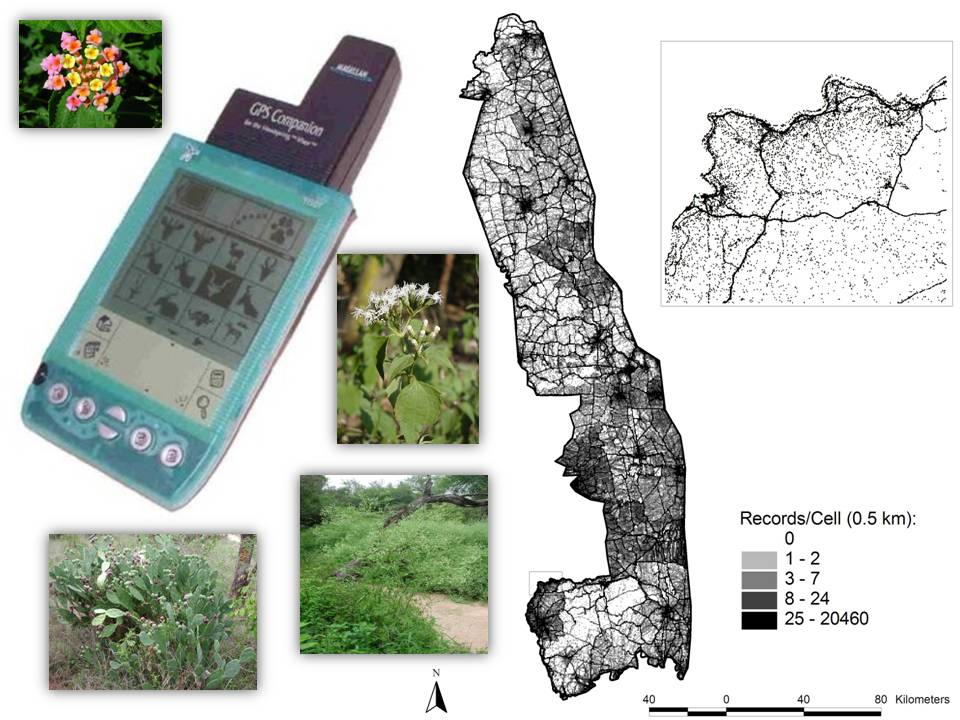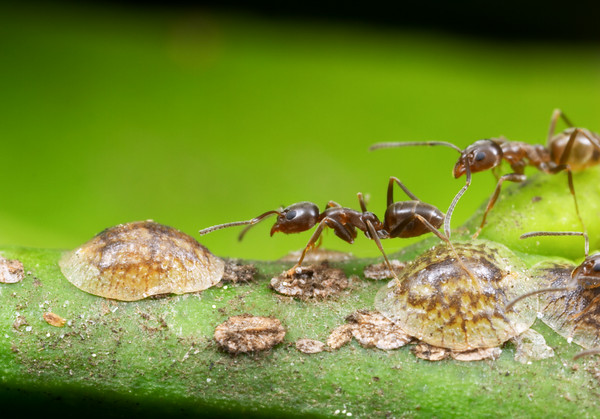Is forestry with pines sustainable in fynbos areas?
It may no longer make economic or environmental sense to pursue forestry endeavours using conifers in the Western Cape. If local plantations are to be maintained, invasive pine trees will continue to spread, the Cape’s water supply will continue to dwindle and the unique natural diversity of the fynbos region will be changed forever.





